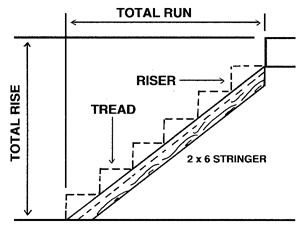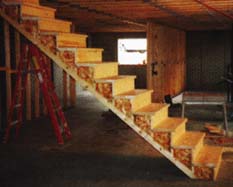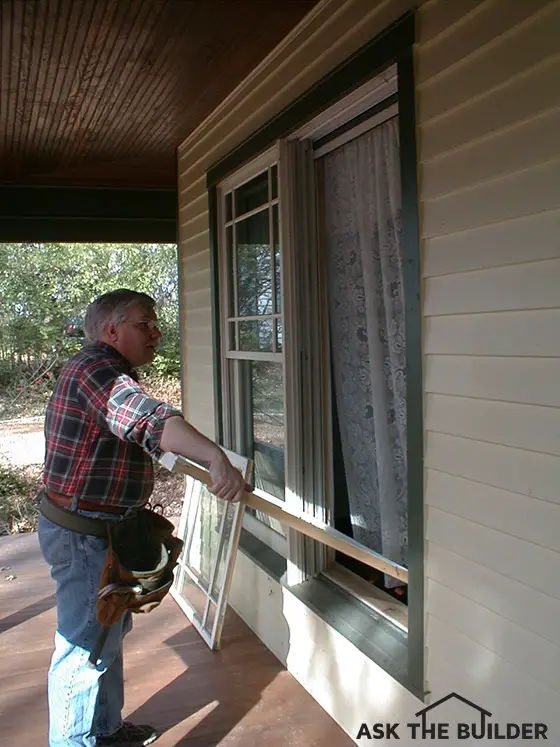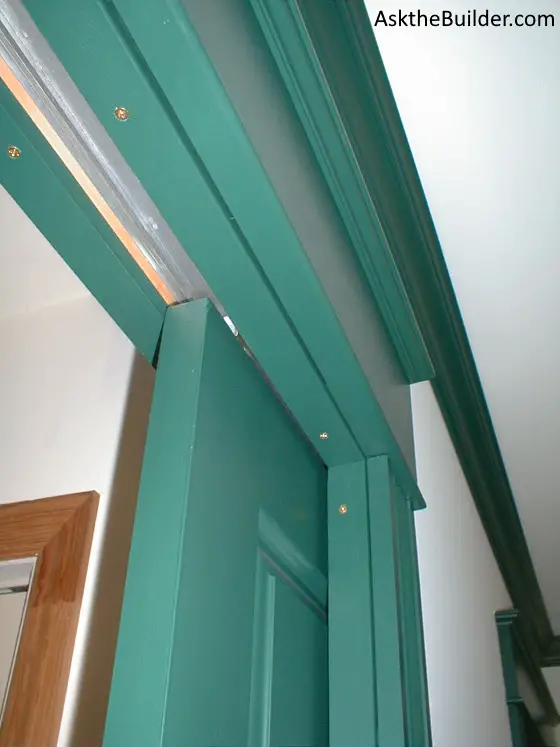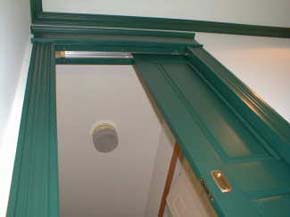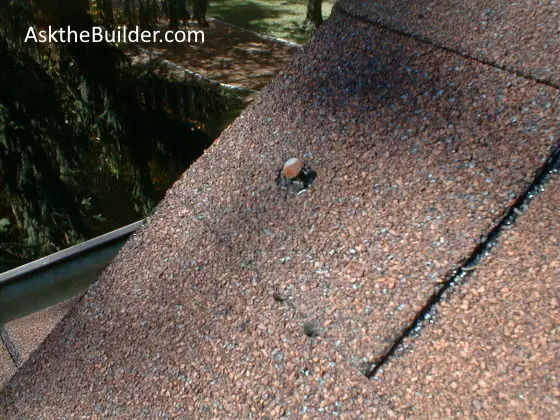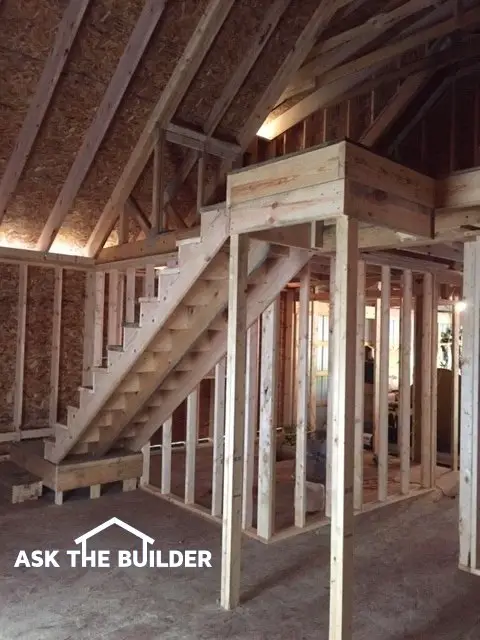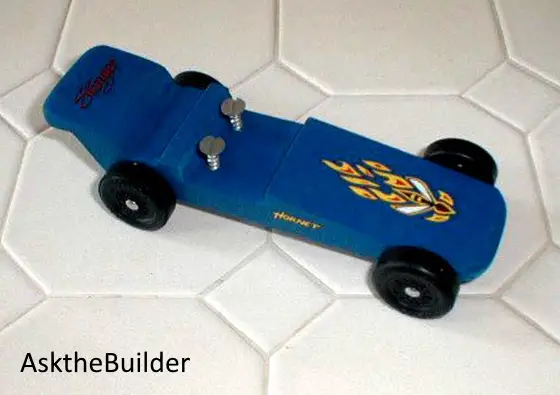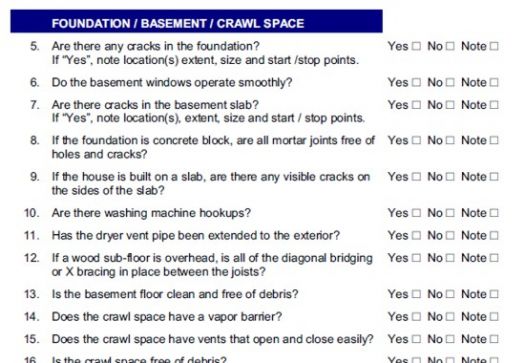The Tim Carter Story
Life began for me in the early 1950's. I was born and raised in the University Heights suburb of Cincinnati, Ohio. As I replay the tape of my early childhood, it keeps turning up memories of great places to play. A dense stretch of woods started just up the street behind Joe Conrad's house and passed behind my house extending all the way down to McMicken Street. Within these woods one could find a wonderful creek and both the short and long trails that wound through the dense woods down to Central Parkway and the abandoned subway tunnels.
Across the street from my home, directly behind the Little Sisters of the Poor, there was another wooded ravine where the mysterious swamp could be found. The ravaged and charred remains of my Texaco tanker ship are still there. It exploded and sunk in the fabled swamp when an M-80 ignited with a cigarette timing fuse blew it to kingdom come.

I love my miter box saw and L.L. Bean!
In the early 1960's, the ravine was filled in with thousands of truck loads of dirt to create a new connector roadway between Dixmyth and Clifton Avenues. It didn't take long for my buddies Roger Boncutter, Pekka and Charles Mooar, Mike Wilson, Billy Gottesman and several others to discover that a few scrap pieces of wood and some rocks piled up on one of these mounds of dirt made a great fort to protect you from incoming mudballs. Many a day, my friends and I would play war among the piles of dirt. It was great fun, that is until you got hit in the head with one of those hard mud balls!
Scouting
I was really active in Boy Scouts. I didn't make it to Eagle Scout (I needed just 6 merit badges), because I could not swim. Two of the required merit badges were Swimming and Lifesaving. I had about as much chance of getting those merit badges as growing wings. However, two of the merit badges I did receive were Home Repairs and Journalism. Now isn't that a coincidence?
First Job
Not only that, my first job ever was collecting paper route money for The Cincinnati Enquirer. I was eight years old. Two years later, I had my own afternoon paper route delivering The Cincinnati Post Times Star. It was a one-hundred paper route and I made one penny per paper. That was huge money back then, as each week I got paid six dollars! To put that into perspective, some of my friends got 50 cents allowance each week while others got maybe a quarter.
High School
High school was a really fun time. I went to Roger Bacon High School. Many days after school, I worked at Skyline Chili. During my senior year in high school, I was the editor of my school's newspaper, The Baconian. Although I couldn't hear them, the cosmic tumblers were starting to interlock as I even had my own opinion column in each issue. The subject matter of this column was primarily to poke fun at the administration, classmates, and other schools.
My Wife
Kathy, my lovely and patient wife, also waltzed into my life during my high school years. The University of Cincinnati felt sorry for me or else they were shy of their enrollment quota. In any event, that's where I got my Bachelor of Science degree. My major was Geology. My brain finally got jump-started in college. I was offered a full scholarship and an assistant-ship for a Master's Degree in Engineering Geology. However, I turned it down. I wanted to go into business for myself.
Three months after graduating from college, Kathy and I got married. She worked as a clerk at a hospital. I went to work fixing up old houses. Small jobs led to bigger and bigger jobs. Before our first wedding anniversary, we bought our first house. It was in really bad shape. I fixed it up and turned a profit. The construction bug had bitten me and quite hard I might add.
Becoming a Builder
I rehabbed more houses, did contract work for other homeowners, and eventually began to build custom homes. The houses were always fun. It seemed like a picnic, as I could actually work on top of a foundation that was level and square! The remodeling jobs grew more complex. By the mid-1980's, I was constructing ultra-custom $250,000 room additions and $75,000 kitchen remodels.
Every aspect of residential construction interested me. I read technical journals about how to do everything. Then I tried to do the things myself. Soon I figured out that you can't do every task at the jobsite. You had to invest too much money in equipment that was seldom used and you couldn't multi-task. Once a job is under roof, several trades can work simultaneously. I gravitated towards carpentry, plumbing, ceramic tile and concrete. There is nothing quite like the feeling of completing a complex common framed roof or installing three floors of cast iron plumbing stacks.
Remodeling Magazine Award
In 1993, I was selected as one of the top 50 remodelers in the United States by Remodeling magazine. They publish an excellent trade magazine. This award enabled me to begin a new media career. Kathy suggested that I take my book idea and turn it into a syndicated column. I had always wanted to write a book about how the average homeowner gets taken by builders and remodelers, primarily because many workers simply do not do things the right way. She was right! It worked. AsktheBuilder was born on October 2, 1993, and continues to be sold to new newspapers each month.
On The Air
In March of 1994, I started my radio broadcasting career on 1450 WMOH in Hamilton, Ohio. I ended my radio career 12 years later in March of 2006 at WGRR-FM in Cincinnati, Ohio. I also did 90 second television segments each week on WLWT-TV in Cincinnati, Ohio.
Each year, I attend many shows and editors conferences. I have had the pleasure and good fortune to meet many other media personalities. What I have learned is that very few of them have an extensive background in residential building and remodeling, so be sure to keep that in mind when you read other columns or watch television shows where the advice seems a little too good to be true. I try to tell you how difficult something will really be, as I have done everything it takes to build a home from the ground up.
I am proud to say I worked for nearly twenty years, five days a week, in the field with a tool belt on. I didn't ride around in a truck and call subcontractors on my bag phone. What? You don't know what a bag phone is? They were one of the first cellular phones!
AsktheBuilder.com
Well, that's the scoop. Hey, are you still awake? If so, I hope you enjoy this and future visits to the AsktheBuilder.com. If you have a question, be sure to use the navigation key words on the left of each page on this website. You can also use the Search Engine in the upper left corner of each page. As a last resort, you can tim @ askthebuilder.com, but keep in mind I get over 100 emails a day and can't answer each one.
